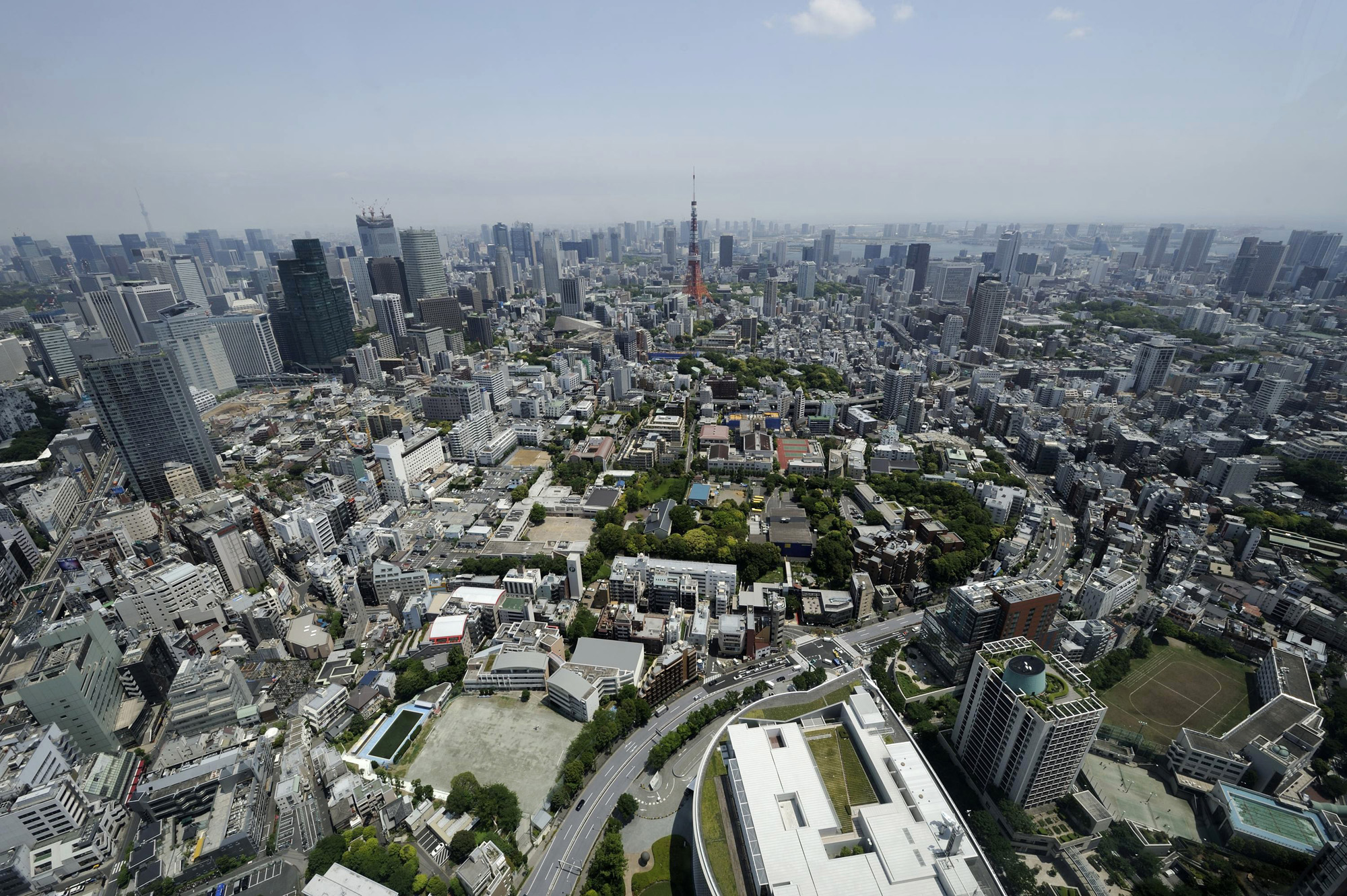In the mid-1980s Japan was considered the most dynamic economy in the world and its manufacturers the most dominant. Japan's GDP growth had averaged around 7 percent per annum for the previous 30 years even with a slight downturn following the first oil shock in the 1970s, and was growing at around 4 percent by the mid-1980s. It was the "Japan as Number One" era that would culminate in Japan's infamous (asset) bubble economy which proved to be unsustainable.
Bubble economy comes, goes
What did the sōgō shōsha do during this period? They continued to increase investment in supply sources and in joint ventures with manufacturers to secure goods and materials to trade and protect themselves in the supply chain through ownership during the latter half of the 1980s and into the 1990s. Reflecting the changing Japanese economy, which was becoming more service and leisure oriented, they also entered the service industry; fast food (actually started in the 1970s, KFC/Dairy Queen, but became more prevalent in the 1980s), health clubs (leisure boom), financial services (financial leasing of office equipment/automobiles/aircraft), among others, and began importing such higher value-added products as high-end medical equipment, personal computers and software, expanded their handling of aviation equipment, including aircraft and invested in the telecommunications field.



















With your current subscription plan you can comment on stories. However, before writing your first comment, please create a display name in the Profile section of your subscriber account page.